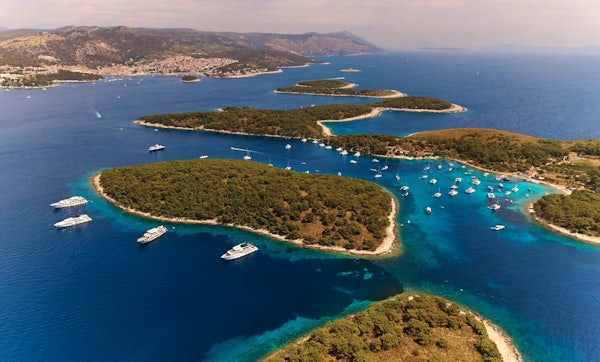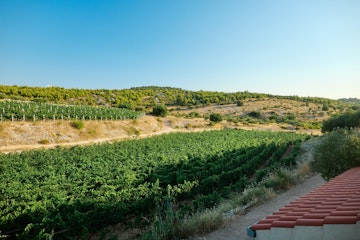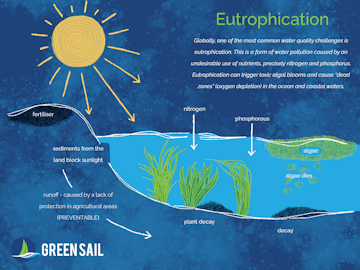Eutrophication in the Mediterranean Sea: A Growing Threat to Marine Health

Eutrophication happens when too many nutrients, like nitrogen and phosphorus, build up in the sea, a lake, or a river. These extra nutrients often come from farms (through fertilisers), sewage, and poorly treated wastewater. When this happens, it can cause big problems, especially near cities or where rivers flow into the sea.
What You Need to Know
The Mediterranean Sea is naturally very low in nutrients, which keeps its waters clear and healthy. It is one of the cleanest seas in the world with the fewest nutrients. However, pollution from human activities is changing this. In some areas, particularly along busy coastlines, too many nutrients are entering the sea, making it difficult to keep the ecosystem balanced.
About 12% of Mediterranean coastal waters suffer from eutrophication, which happens when there are too many nutrients (mostly from farming and sewage). This causes harmful algae blooms, loss of native species, and damage to ecosystems, especially in the northern Adriatic, Gulf of Lion, and northern Aegean. Some algae produce toxins, and warmer seas are helping invasive species grow while native ones disappear. Oxygen levels drop and this can harm marine life and coastal protection.
Although nitrogen pollution has decreased in parts of Europe, phosphorus remains a major problem in the Mediterranean. Solutions include better farming methods and improved sewage treatment, which could significantly reduce nutrient pollution and protect marine health.

Eutrophication and Nautical Tourism: Understanding the Connection
While eutrophication is often linked to farming and sewage discharge, boat tourism also plays a part, especially in the Mediterranean.
In boat tourism, releasing untreated black water and grey water from boats directly into the sea adds nutrients and pollutants. Black water (from toilets) contains organic waste and bacteria, whilst grey water (from sinks and showers) often includes soaps, oils, and food particles. If discharged near the coast, especially in enclosed or shallow bays with poor water flow, this wastewater can greatly increase nutrient levels and cause eutrophication.
Also, fuel spills, sunscreen remains, and detergents used for cleaning boats may further disrupt marine ecosystems and add to nutrient problems. Busy tourist seasons often mean hundreds or even thousands of boats moving through sensitive coastal areas, which increases the environmental pressure. Marinas and anchorages with poor waste management systems are particularly vulnerable.
The impact on marine life is serious. Seagrass meadows like Posidonia oceanica, which naturally help filter water and absorb carbon, are sensitive to these changes. When eutrophication makes the water cloudy and lowers oxygen levels, important habitats like seagrass meadows get damaged. This harms marine life and reduces fish numbers.
To reduce eutrophication from boat tourism, it is important to promote sustainable practices: using port facilities for wastewater, avoiding discharge near coasts, choosing environmentally friendly products, and educating crew and guests about responsible behaviour at sea.

Why It Matters and What Can Be Done
Eutrophication damages biodiversity, fisheries, tourism, and human health (through toxin-producing algae and low oxygen zones). It goes against what the EU is trying to achieve, like their goal to cut down pollution in the sea by 2025 and keep our waters cleaner and healthier.
While some places, like parts of the Adriatic, are getting a bit better, the Mediterranean’s future depends on strong policies, countries working together, and smart planning to deal with climate change. As marine heatwaves become more frequent and invasive species proliferate, tackling eutrophication alongside warming is vital to safeguarding the Mediterranean’s ecological and economic future.
The only way we are saving the Med for future generations is if we treat eutrophication like a big deal. Everyone needs to step up, work together, and take real action now